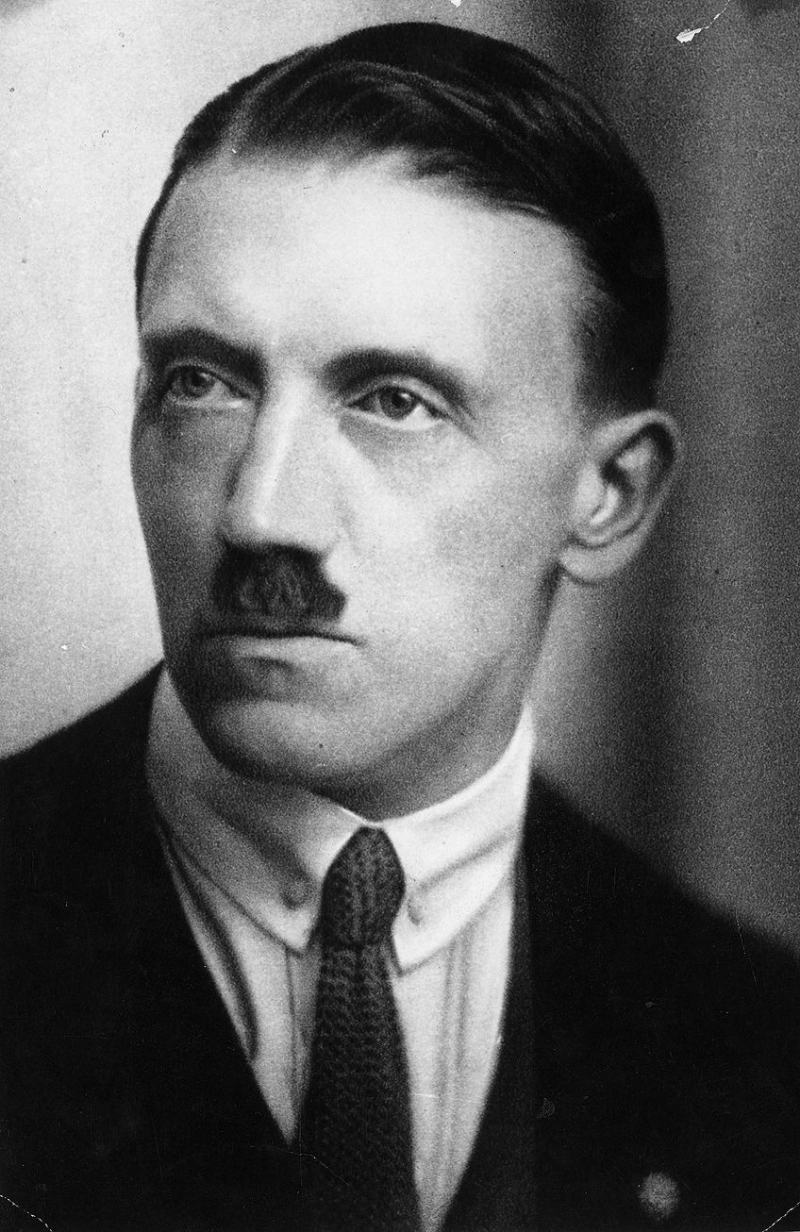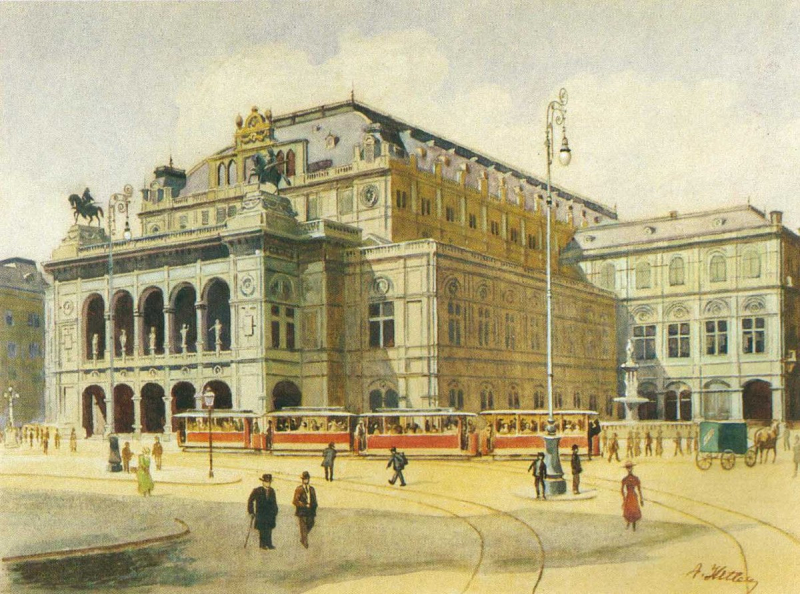Hitler was a frustrated artist
One of the interesting facts about Adolf Hitler that you may not know. It's easy to speculate about how different the twentieth century could have been if Hitler's adolescent ambitions to become an artist had come true. He was turned down for admission to the Academy of Fine Arts in Vienna twice (in 1907 and 1908) because, while he showed some skill for architectural draughtsmanship, his human figures lacked depth and character. Hitler's passion for art, on the other hand, persisted. During the Third Reich, so-called 'degenerate' contemporary, abstract, and impressionist art was condemned as the work of Jewish and Bolshevik artists.
The masterpieces, which included works by world-renowned painters such as Klee and Picasso, were stolen from German institutions and shown in a condemnatory exhibition. The Nazis also amassed major and priceless works of art, frequently under the name of 'kunstschutz,' or art preservation. The Hague Convention Respecting the Laws and Customs of War on Land (1899 and 1907) mandated this procedure, although excessive looting occurred in occupied zones, and collections of targeted minorities were confiscated. After the war, a Führermuseum was to be built in Linz, Austria, but some of the artworks were moved into the private collections of Hitler, Göring, and Goebbels. Art worth 1.4 million railway carriages were stolen, and up to 100,000 pieces remain unaccounted for.












